Tag: Lead Mining
-
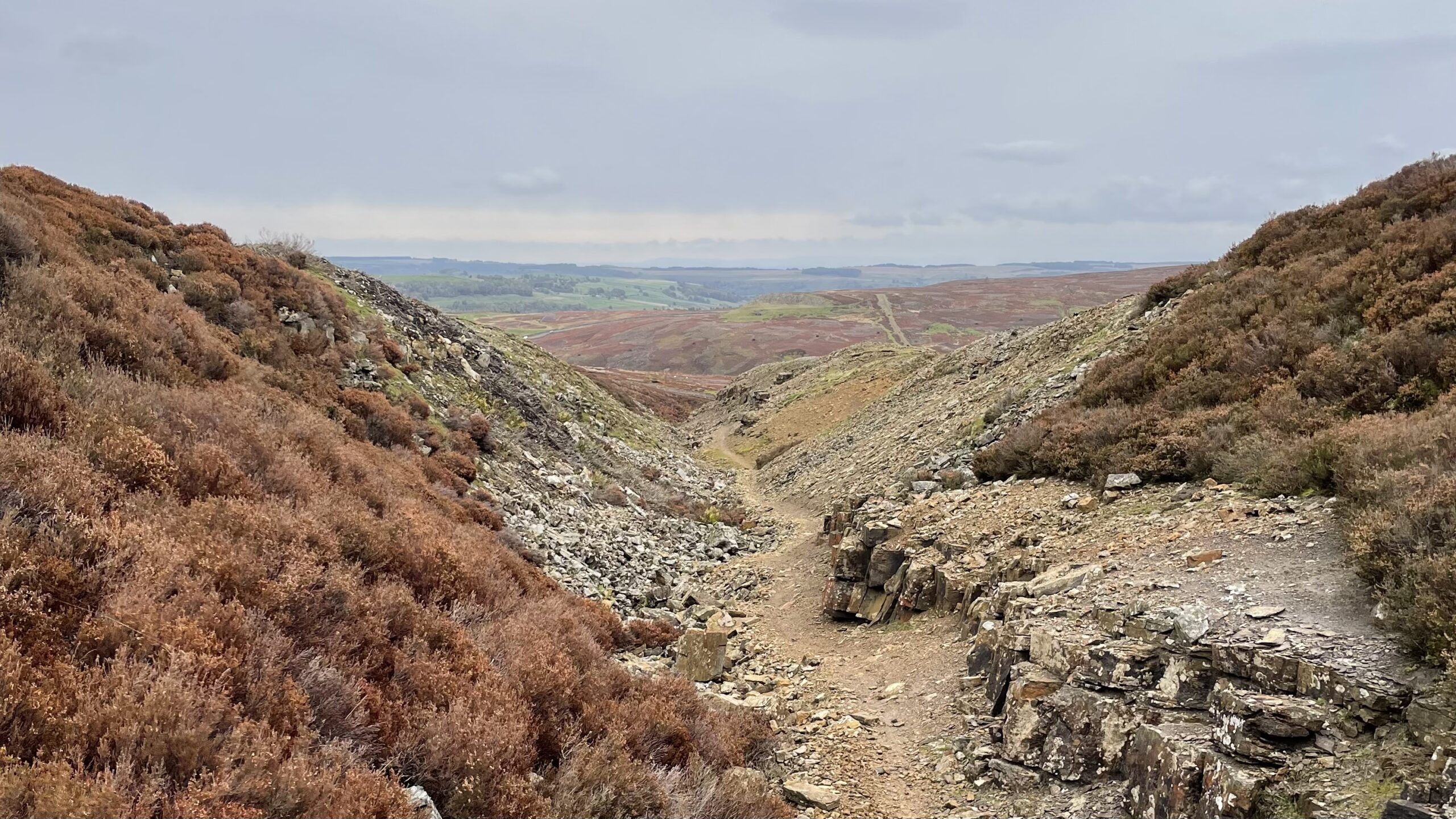
How Hush: A Gorge Carved by Water and Industry
Another glimpse from Thursday’s wander through Swaledale: this is How Hush, a scar across the hills carved not by nature but by centuries of lead mining. Lead was likely valued here long before history began to take notes. The vast Grinton–Fremington dykes, which probably marked prehistoric tribal boundaries, bear silent witness to early human presence…
-
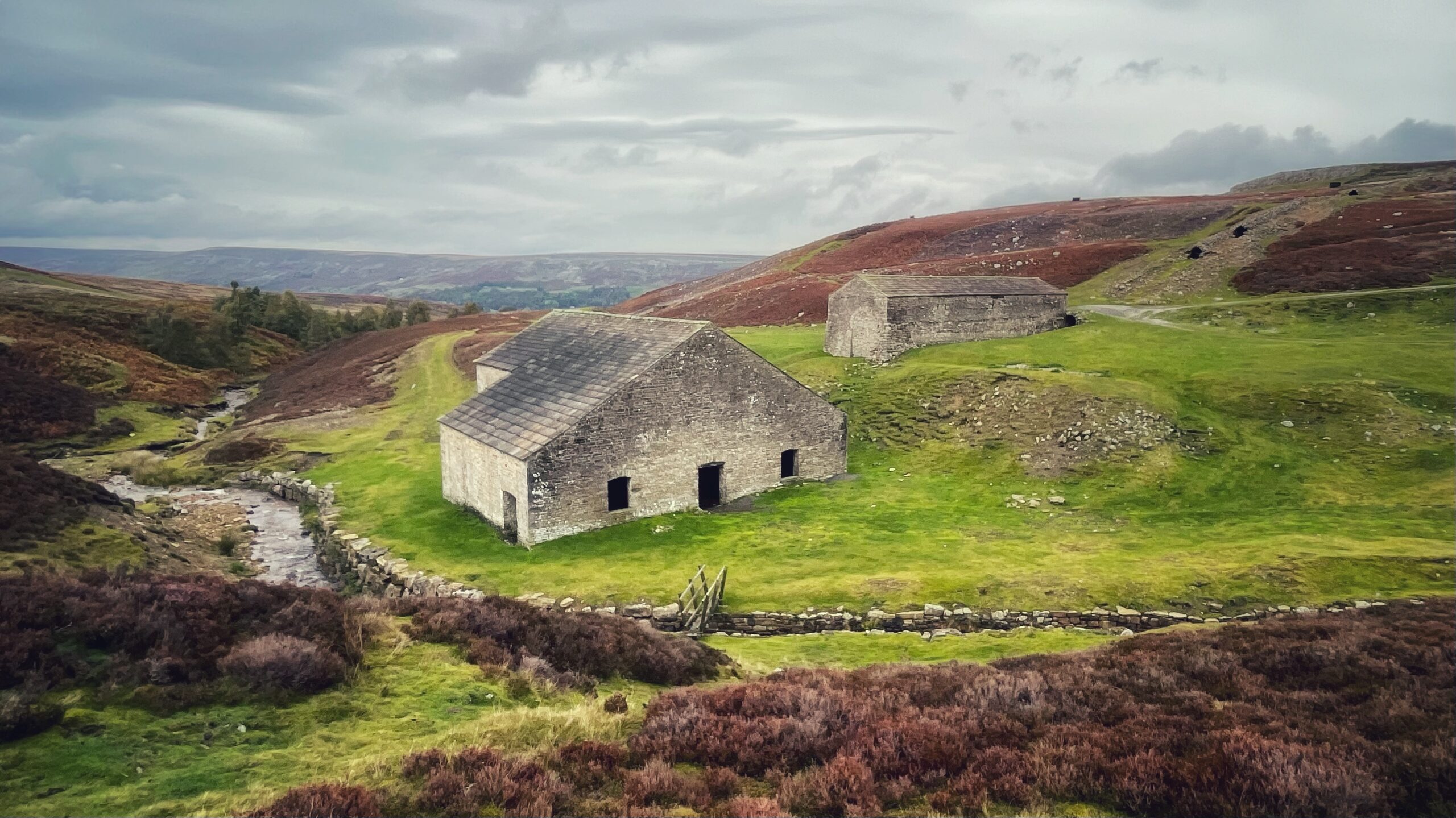
Grinton Smelting Mill
Grinton Smelting Mill is one of the best-preserved lead mills in the Yorkshire Dales. It sits in Cogden Gill, just south of Grinton village, at the confluence of two becks. The site offered water, level ground, and easy access to ore. One of the becks had to be diverted, culverted and partly covered to make…
-

Lord Raby’s Smelting Scheme: The Story of Gaunless Mill
The weather has taken a turn for the worse, so a modest walk it is, to gaze upon the Gaunless Mill Chimney at Copley. This lone, crumbling relic of Teesdale’s lead smelting past stands in quiet defiance of time and indifference. The Gaunless Mill, despite being on a tributary of the Wear rather than the…
-

Beldi Hill Smelt Mill
Following my exhausting cycle ride around Swaledale yesterday, I wisely opted not to stray far today. So instead, here is another photograph from that trip. I was aware of Swaledale’s lead mining legacy, but stumbling upon this particular site was an unexpected delight. The Beldi Hill Smelt Mill sits awkwardly wedged into the hillside, just…
-

Low Slitt Lead Mine, Weardale
This is what’s left of the Low Slitt Lead Mine, once one of the biggest mines in the North Pennines. The mine had a long history, with lead ore extraction going on as early as two centuries before it really took off in the early 1700s, thanks to the efforts of the Sir William Blackett…
-
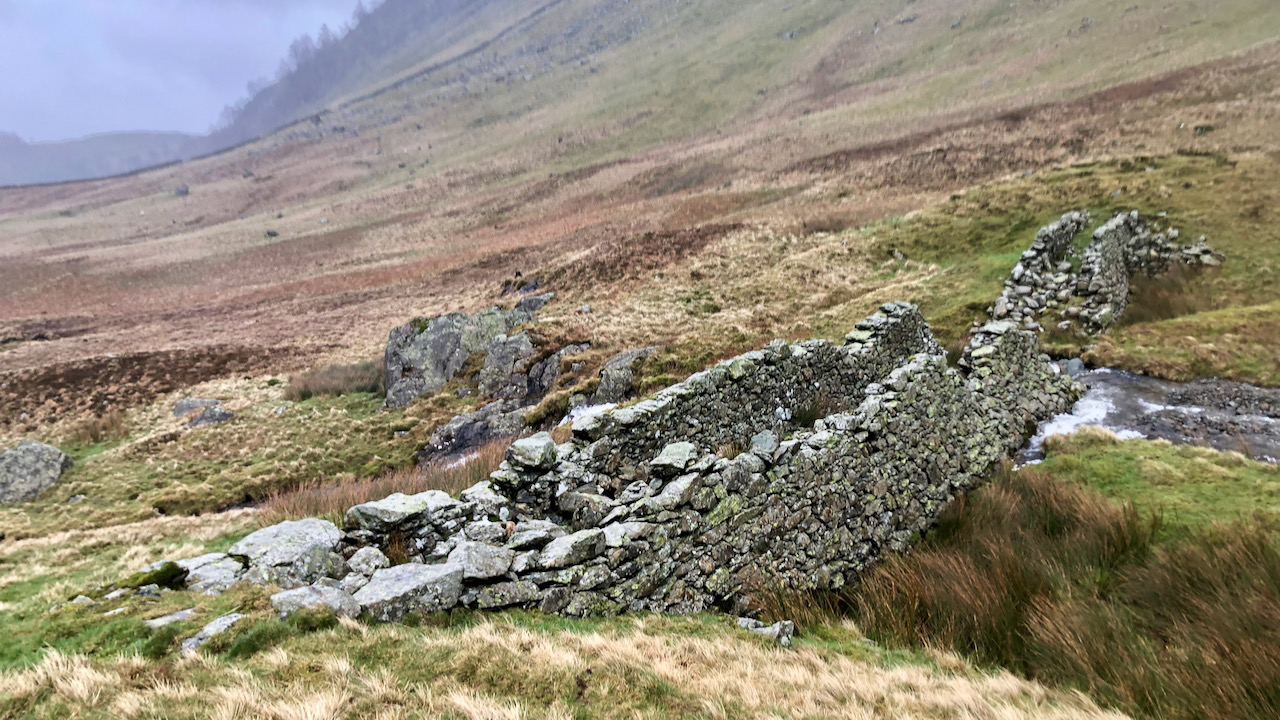
A Sheep Wash or Something More?
Last Thursday proved quite a trial. We found ourselves trudging along the Miners’ Balcony Path, tracing the contours, with Scot Crag looming above us and Glencoyne below. The wind, oh, it was a fierce adversary, pushing against us with all its might. To make a long tale short, we decided to beat a retreat and…
-
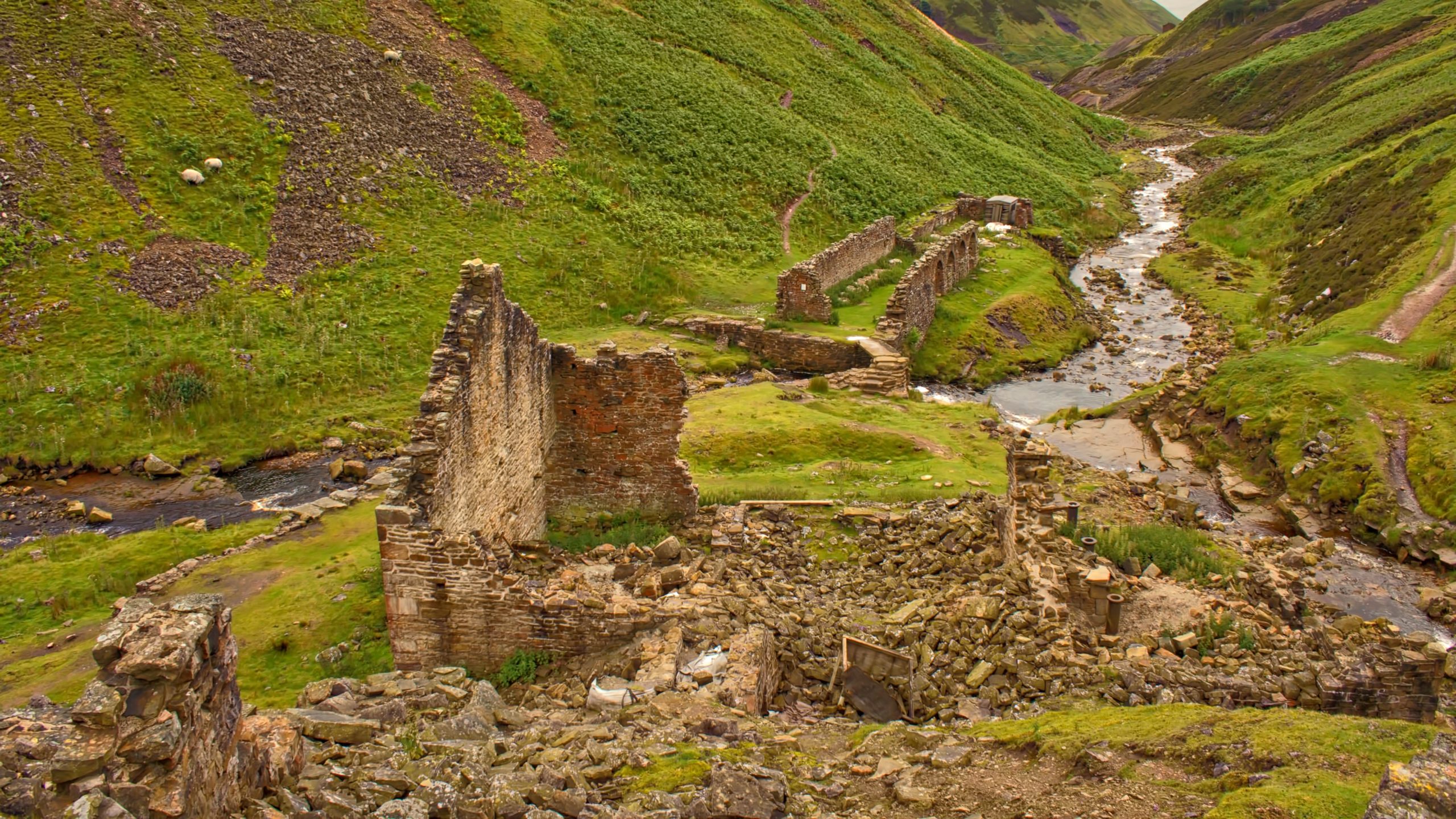
Blakethwaite Smelt Mill
The name Gunnerside, in the Yorkshire Dales, derives from two elements: ‘Gunnarr‘ a Norse personal name and ‘saetr‘ meaning a summer pasture. Through the village flows Gunnerside Gill which was once a hive of industrial activity with several leads mines operating along the narrow dale. The Blakethwaite Mine began in 1806 operated by Thomas Chippindale…
-
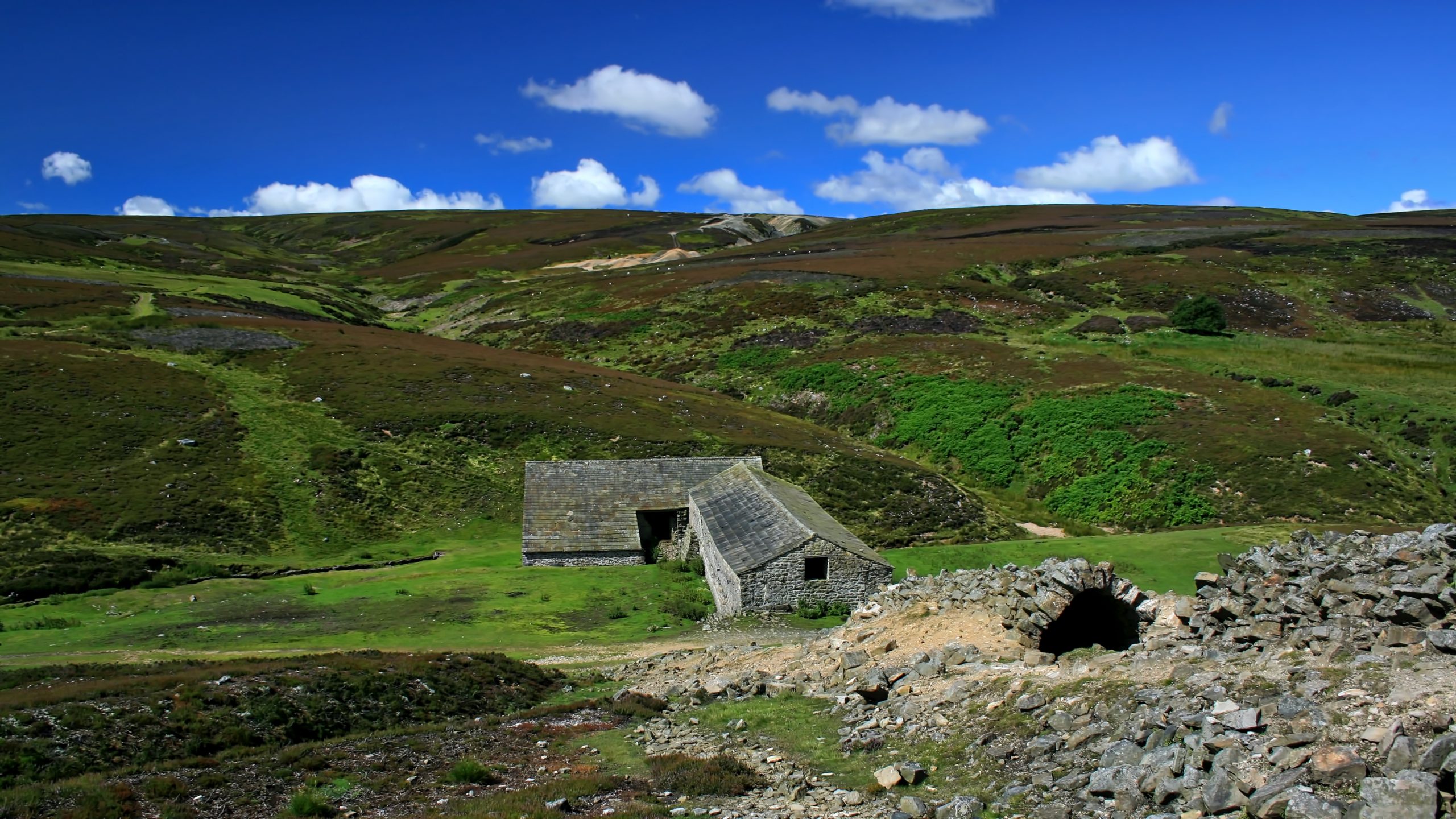
Grinton Lead Smelting Mill
Arguably the best-preserved and most visited lead ore smelting mill in the Yorkshire Dales. Located by Cogden Beck, south of Grinton village, it probably dates from about 1820 and was saved from becoming a derelict ruin by being reused as an agricultural barn soon after smelting ceased. The two ranges remaining are the mill itself…
-
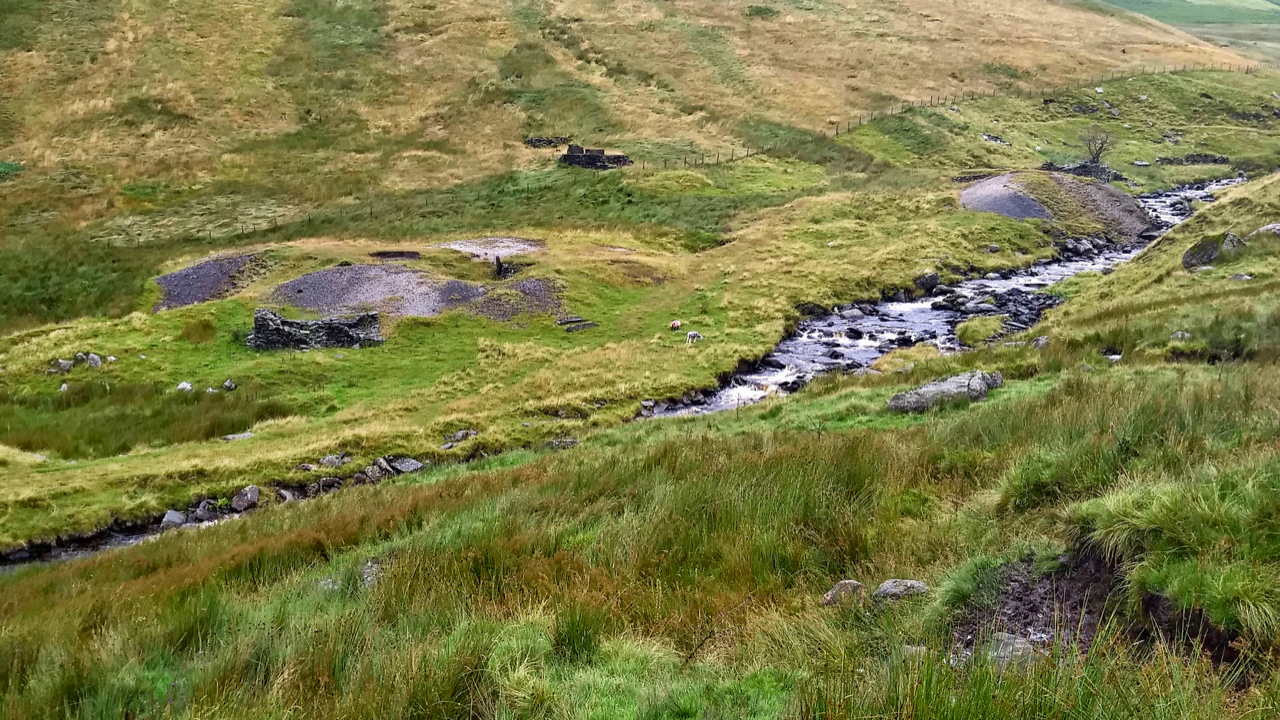
Brundholme Lead Mine
Glenderaterra Beck, a tributary of the River Greta, flows between the massifs of Skiddaw and Blencathra. Waking up to rain and cloud covering the high fells, I explored the mine workings alongside the beck. The ruins tell of a history of hope, hardship and disappointment. Work first began at the Brundholme Mine in 1872 but…
